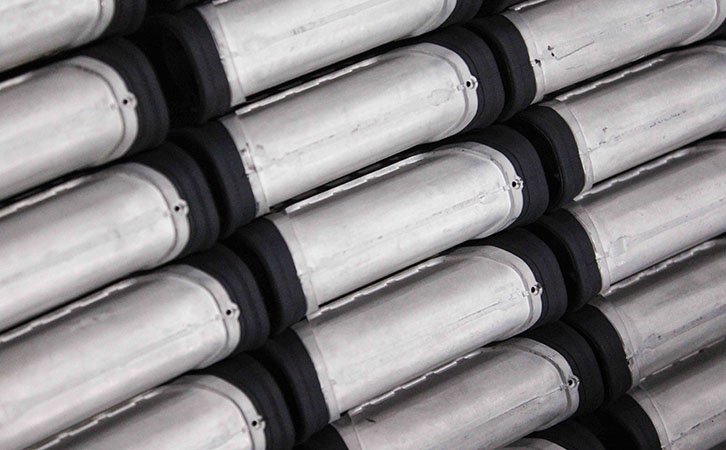Production process of liquid silicone coated metal parts
Liquid silicone overmolding is a highly automated production process, consisting of the following main steps:
Preparation stage: Pre treatment of metal parts
This is a key prerequisite for the success of the entire process, as silicone and metal are two materials with vastly different properties and poor adhesion.
Metal processing and cleaning: Firstly, metal parts (usually stainless steel, aluminum alloy, etc.) are processed into the final desired shape through CNC, stamping, turning, and other methods. Then it is necessary to conduct thorough cleaning to remove all oil stains, dust, and oxides.
Surface treatment (crucial): In order to improve the adhesion between silicone and metal, it is necessary to treat the metal surface. The main methods are:
Priming: Use a specialized adhesive (primer solution) that is compatible with both LSR and metal. Apply the primer evenly to the metal surface through spraying, brushing, or soaking, and then cure it (usually by heating). This is the most commonly used and effective method.
Physical processing, such as sandblasting, increases the micro roughness of the metal surface, provides a larger bonding area, and forms a mechanical interlocking structure.
Chemical treatment: such as anodizing and oxidation (used for aluminum parts), forming a porous surface layer for easy bonding.

Phase 2: Liquid silicone injection molding
The preprocessed metal parts are placed into dedicated LSR injection molds.
Mold design: The mold has a precise inner cavity, which is shaped like the final silicone component. There are slots or fixtures inside the mold for placing metal parts, ensuring that the metal parts are accurately fixed in a specific position.
Feeding and Injection: Liquid silicone gel (A, B two-component) is accurately mixed through a metering pump, and then injected into the heated mold cavity through a cold runner system (mold temperature is usually between 160 ° C and 200 ° C).
Molding and curing: Silicone undergoes rapid vulcanization (curing) reaction in high-temperature molds, transforming from liquid to solid elastomer. This process only takes a few tens of seconds or even shorter.
Mold opening and ejection: After vulcanization is completed, the mold is opened and the robotic arm takes out the parts that have been encapsulated.
Secondary curing (optional): For some parts with special performance requirements (such as ultra-low volatile matter), a period of secondary curing may be carried out in the oven to stabilize the material properties.

